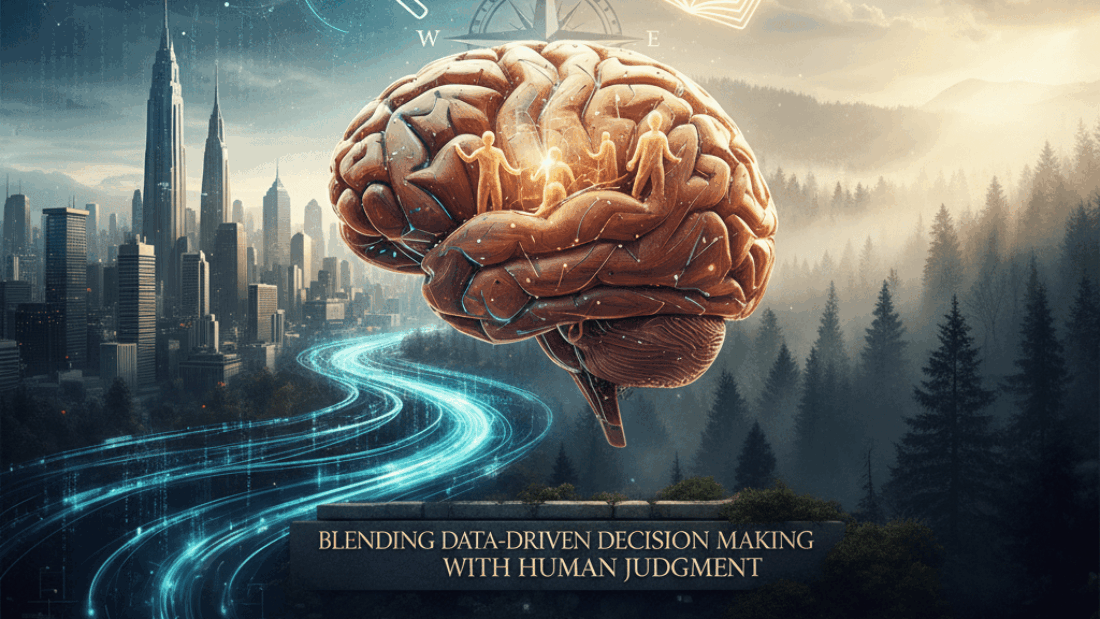In today’s fast-paced digital age, continuous learning is not just a trend—it’s a necessity. Businesses that prioritize learning across all departments stay agile, competitive, and ready for future challenges. From marketing to IT, HR to operations, encouraging employees to keep learning ensures that your organization can adapt to technological shifts, market demands, and customer expectations with confidence.
The Importance of Continuous Learning in Modern Workplaces
The business landscape is constantly evolving, and skills that were valuable five years ago may already be outdated today. Continuous learning bridges this gap by empowering employees to keep up with emerging technologies, new strategies, and innovative ideas.
A workplace culture built on continuous learning promotes adaptability and resilience. It enables employees to explore new areas, expand their knowledge, and improve performance. When every department embraces a learning mindset, the entire organization benefits through improved efficiency, innovation, and collaboration.
Breaking Down Silos Through Learning
In many organizations, departments often work in isolation—each focusing on its own goals and metrics. This siloed approach can hinder communication, reduce innovation, and slow growth. Continuous learning offers a solution.
When departments learn together—whether through cross-functional workshops, shared projects, or mentorship programs—they start understanding each other’s roles and challenges better. This improved understanding enhances teamwork and problem-solving.
For example, when marketing teams learn basic IT or data analytics concepts, they can make better decisions driven by real insights. Similarly, when IT teams understand marketing goals, they can build more efficient systems that support growth. The result? A more integrated and collaborative organization.
Benefits of Encouraging Continuous Learning Across Departments
1. Enhanced Collaboration and Communication
Cross-departmental learning initiatives help teams develop a shared language and understanding. When employees know how different departments operate, they collaborate more effectively, leading to smoother workflows and fewer communication barriers.
2. Increased Innovation and Creativity
Learning inspires curiosity and creativity. When teams from diverse areas share knowledge, they bring fresh perspectives to the table. This exchange of ideas often leads to innovative solutions that wouldn’t emerge within a single department.
3. Improved Employee Engagement and Retention
Employees who feel that their organization invests in their growth are more motivated and loyal. Continuous learning gives them a sense of purpose and belonging, reducing turnover and creating a more committed workforce.
4. Future-Ready Workforce
Technology and industries evolve rapidly. A culture of learning ensures your employees remain ahead of the curve—ready to adopt new tools, adapt to changes, and seize opportunities before competitors do.
5. Organizational Agility
Companies that encourage learning at every level can pivot faster during change. Whether it’s adopting new software, changing business models, or navigating economic uncertainty, continuous learners respond more effectively to challenges.
How to Promote Continuous Learning in Every Department
1. Lead by Example
Leaders set the tone for learning. When managers and executives actively participate in training, workshops, or online courses, it motivates employees to do the same. Leadership involvement reinforces that learning is a shared organizational value—not just an HR initiative.
2. Create Accessible Learning Opportunities
Make learning easy and convenient. Offer online learning platforms, internal webinars, and self-paced courses that cater to different learning styles. Encourage departments to host “learning hours” where team members can share new insights or teach something they’ve recently discovered.
3. Encourage Cross-Departmental Collaboration
Implement cross-training programs that allow employees to learn skills outside their departments. For example, marketing professionals could take part in data analytics sessions, while IT employees might learn about customer experience management. These programs break down barriers and strengthen collaboration.
4. Reward and Recognize Learning Efforts
Acknowledge employees who take the initiative to learn new skills. Recognition—whether through bonuses, shoutouts, or promotions—reinforces the importance of continuous learning and inspires others to follow suit.
5. Use Technology as a Learning Enabler
Invest in digital tools that make learning engaging and interactive. Learning management systems (LMS), AI-based training platforms, and virtual workshops can make professional development more dynamic and trackable across departments.
6. Align Learning Goals with Business Objectives
Continuous learning shouldn’t exist in isolation. Connect training initiatives with business goals—whether that’s improving customer satisfaction, boosting efficiency, or driving innovation. This alignment ensures learning translates into measurable organizational impact.
Building a Sustainable Learning Culture
To make learning a core part of your organizational DNA, consistency is key. Encourage employees to dedicate regular time to skill development, even if it’s just an hour a week. Embed learning discussions into team meetings, performance reviews, and company communications.
Moreover, cultivate an environment where curiosity is encouraged, mistakes are seen as opportunities to grow, and feedback is constructive. A psychologically safe culture motivates employees to experiment, learn, and improve without fear of failure.
Real-World Example: A Culture of Growth in Action
Consider a mid-sized company that implemented cross-departmental learning through monthly “Knowledge Exchange Days.” Each department hosted a short training session to share tools or insights relevant to their work. Over time, the initiative led to better collaboration, faster project completion, and more creative solutions company-wide.
This example shows that continuous learning doesn’t require massive budgets—just a commitment to shared growth.
Conclusion
Encouraging continuous learning across all departments transforms your organization into a hub of innovation, adaptability, and collaboration. It ensures that every employee—from IT to HR, from marketing to finance—has the opportunity to grow both personally and professionally.
By building a culture that values knowledge sharing and professional development, your organization becomes stronger, more agile, and future-ready. Continuous learning is not just an HR goal—it’s the foundation of long-term success.










